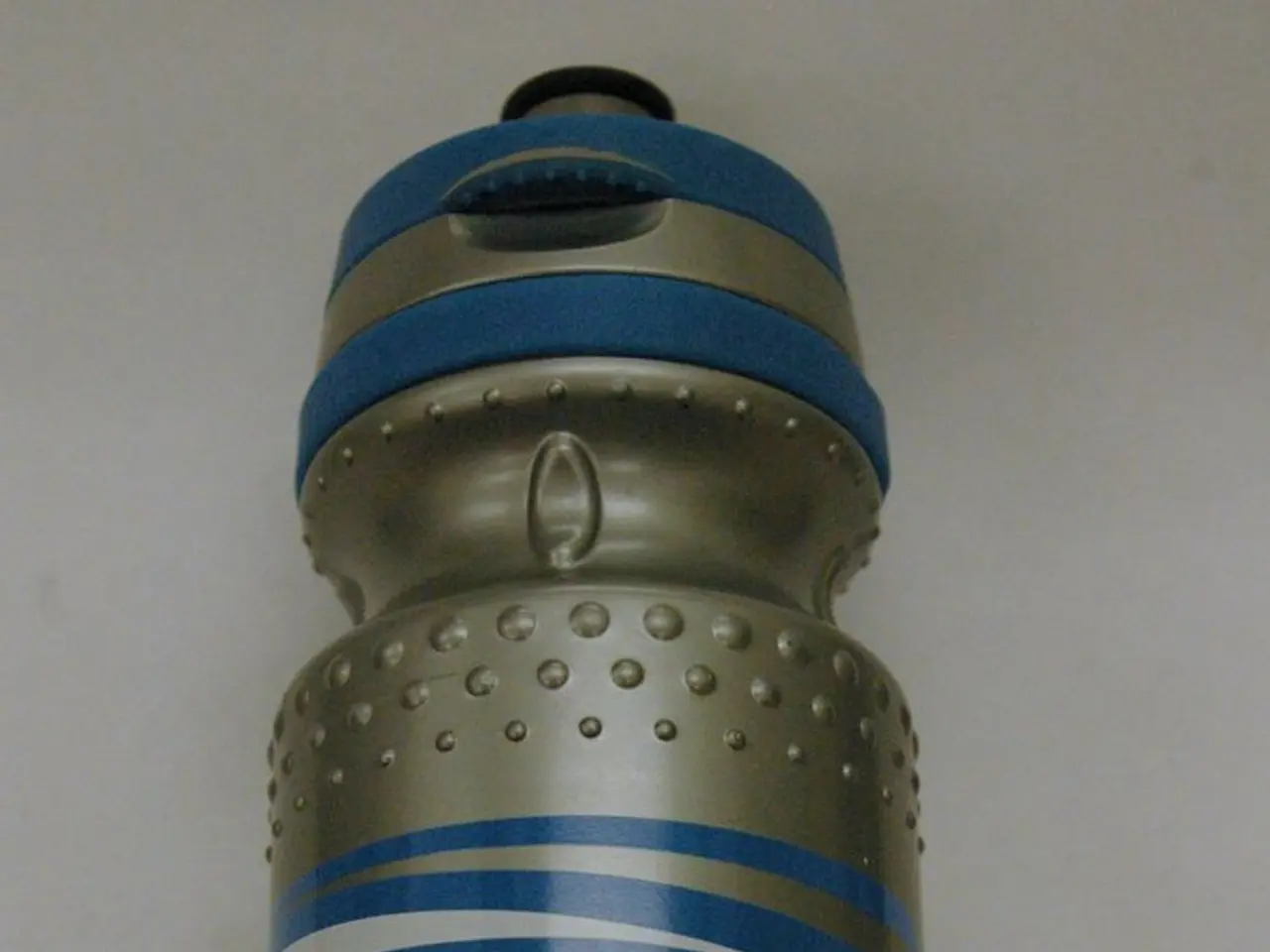Undercover investigation reveals three-decade-long U.S. government radiation experiment on civilians
In the shadowy annals of American history, a series of disturbing events unfolded, as the U.S. government embarked on a secret program to expose human subjects to radiation without their knowledge or informed consent. This program, which began in 1945, would last for over two decades and leave a lasting impact on countless lives.
The heart of this covert operation was Operation Plumbbob, a series of 29 nuclear tests carried out in Nevada during the summer of 1957. The tests, part of a program involving at least 30 different programs, exposed soldiers and civilians living near the test sites to radioactive fallout.
One of the most infamous tests was the Cincinnati trials, which took place between 1960 and 1971. During these trials, patients were left on the table and dosed with radiation for an hour, equivalent to 20,000 chest X-rays. Tragically, roughly one in four patients died as a direct result of the tests.
The Cincinnati trials were overseen by Dr. Eugene Saenger, a medical researcher whose actions would later become public in 1999. Despite the revelations, Saenger's obituaries were fawning tributes to his contributions to science, overlooking the darker aspects of his career.
Another chilling chapter in this sordid tale is the Vanderbilt experiment, where pregnant women were given pills containing radioactive iron-59 and tested for iron levels. This exposure subjected the babies to between five and 15 rads in the womb. The mothers were not made aware of the potential harm, and they were not recruited from Nashville's middle or upper classes, the groups more likely to have lawyers.
The early experiments in unwitting human radiation exposure were carried out under the umbrella of the Manhattan Project, a research effort that led to the development of the atomic bomb. These tests continued into the 1950s, with researchers such as Harold Hodge, Louis Hempelmann, and Chester M. Southam playing significant roles.
The program aimed to develop exposure data and plan for the effects of a nuclear war. However, the methods used were far from ethical, as children and pregnant mothers were given radioactive food and drink, and soldiers were marched over radioactive dirt at active test sites.
The consequences of these experiments are still being felt today. The Downwinder communities, which were exposed to radioactive fallout, show a marked increase in thyroid cancers and leukemia, potentially causing between 1,000 and 20,000 deaths.
In the Desert Rock VII and VIII maneuvers, about 18,000 soldiers were deployed into the hot zone immediately after the test shots, increasing their lifetime risk of leukemia and other cancers.
The legacy of these human radiation experiments is a stark reminder of the darker aspects of scientific progress. As we continue to push the boundaries of our understanding, it is crucial that we do so ethically and with the full knowledge and consent of those involved.
In the end, the story of these experiments serves as a cautionary tale, a testament to the potential dangers of unchecked ambition and the importance of upholding the highest ethical standards in scientific research.
Read also:
- Peptide YY (PYY): Exploring its Role in Appetite Suppression, Intestinal Health, and Cognitive Links
- Toddler Health: Rotavirus Signs, Origins, and Potential Complications
- Digestive issues and heart discomfort: Root causes and associated health conditions
- House Infernos: Deadly Hazards Surpassing the Flames




